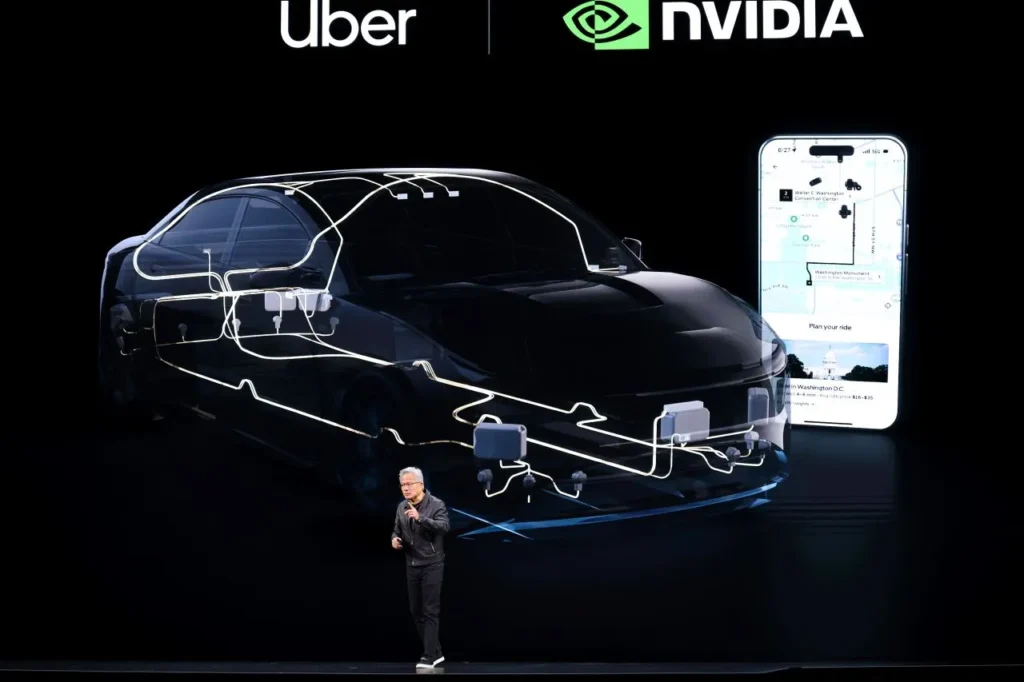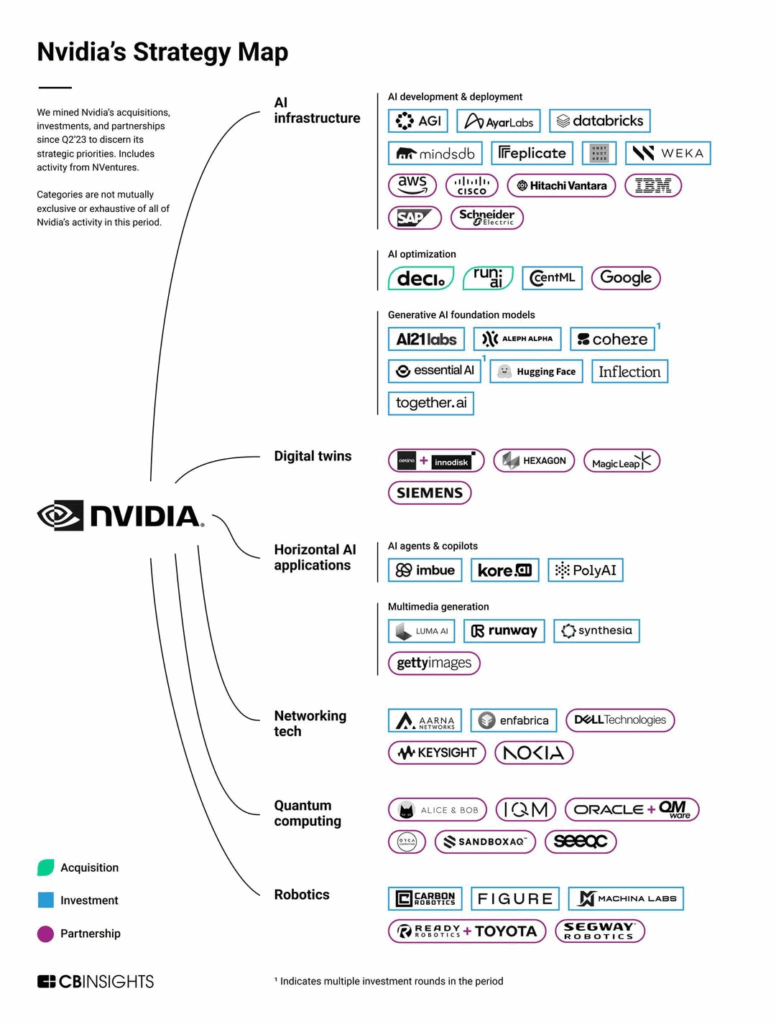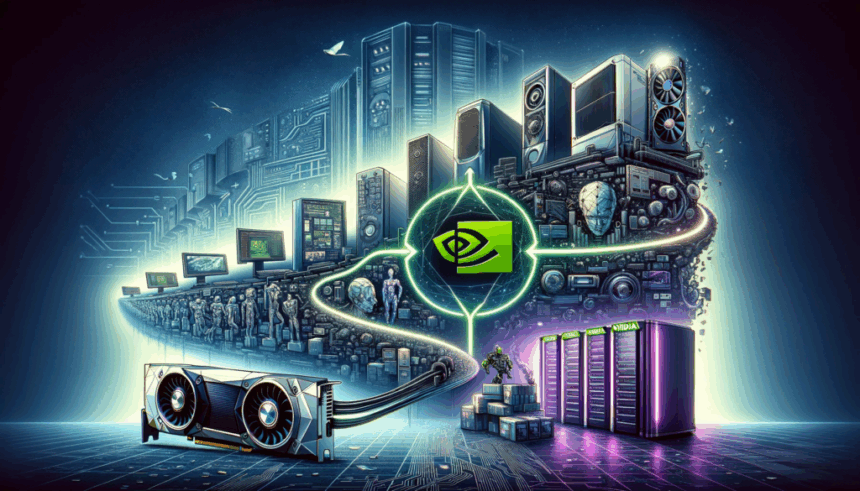From Superchips to Self-Driving Cars, Nvidia Expands Its Empire
Nvidia continues its unbridled drive to dominate artificial intelligence and computing. The company revealed two massive announcements this week — a new Vera Rubin Superchip platform for data centres and a partnership with Uber to develop 100,000 robotaxis and delivery vehicles. Together, both initiate Nvidia’s next phase of growth, with ambitions stretching from the cloud to city streets.
CEO Jensen Huang calls this “the next trillion-dollar chapter” for Nvidia. He envisions the company as the backbone for every [AI] system on Earth — from ChatGPT to autonomous cars.
What’s Happening & Why This Matters
The Vera Rubin Superchip: Powering the AI Universe
At its GTC DC conference, Nvidia unveiled the Vera Rubin Superchip, a new platform combining an 88-core Vera CPU with twin Rubin GPUs. Together, they form a single-board powerhouse designed for next-generation AI data centres.

The Vera Rubin system doubles CPU cores over Nvidia’s current Grace Blackwell flagship and connects components using enhanced NVLINK-C2C for higher bandwidth and efficiency. Each GPU carries 288GB of HBM4 memory, enabling performance leaps across AI training and inference workloads.
Huang described Rubin as “an incredibly beautiful computer” capable of delivering 100 petaflops of FP4 performance. When configured as part of Nvidia’s NVL144 data centre rack, the system delivers 3.6 exaflops of inference performance — more than triple the speed of current-generation GB300 platforms.
And Nvidia isn’t stopping there. The company teased Rubin Ultra NVL576, expected in 2027, promising four times the performance and up to 1TB of HBM4e memory. Investors and engineers alike are calling Rubin a “data centre disruptor,” setting a new standard for supercomputing efficiency.
Driving the Future: Uber + Nvidia’s Robotaxi Fleet

In a separate announcement, Nvidia confirmed a partnership with Uber to build a fleet of 100,000 robotaxis and autonomous delivery vehicles. The vehicles, powered by Nvidia’s Drive AGX Hyperion 10 computers, will support Level 4 autonomy — meaning they can operate fully without human control in designated areas.
The collaboration includes data infrastructure development to handle the immense flow of sensor and video data from these cars. Automotive partners such as Stellantis, Mercedes-Benz, and Lucid Motors will manufacture the vehicles, while Nvidia supplies the hardware and software brains.

Huang described robotaxis as “robots on wheels” — the most advanced form of AI currently ready for mass deployment. “Human robots are still in development,” he said, “but this one is here now.”
Safety remains a priority. According to Ali Kani, Nvidia’s vice president of automotive, the system includes redundant sensors — cameras, radar, and lidar — ensuring vehicles can stop safely even if a subsystem fails.
The Big Picture: One Company, Every Industry

From robotics and data centres to automotive AI, Nvidia’s nucleus revolves around extending AI’s physical footprint. The Rubin Superchip powers the digital infrastructure that makes these systems possible, while partnerships like Uber’s extend AI into daily life.
Nvidia’s dominance over AI hardware — already commanding over 80% of the GPU market — cements its role as both the engine and architect of the global AI economy.
However, critics question how long Nvidia can sustain its pace amid growing competition from AMD, Intel, and Google’s TPU division. Still, its unmatched integration between hardware, software, and partnerships gives it a distinct advantage.
TF Summary: What’s Next
Nvidia’s dual announcements showcase its strategy to control both the cloud and the real world. The Vera Rubin Superchip accelerates the AI revolution inside data centres, while the Uber partnership extends that intelligence to streets and cities.
MY FORECAST: Nvidia’s fusion of computing power and real-world application will define the next wave of AI adoption. Expect Rubin-powered systems to dominate enterprise infrastructure. Nvidia-powered, Uber robotaxis realign transport economics. Nvidia’s empire is expanding — and there’s no slowdown in sight.
— Text-to-Speech (TTS) provided by gspeech


